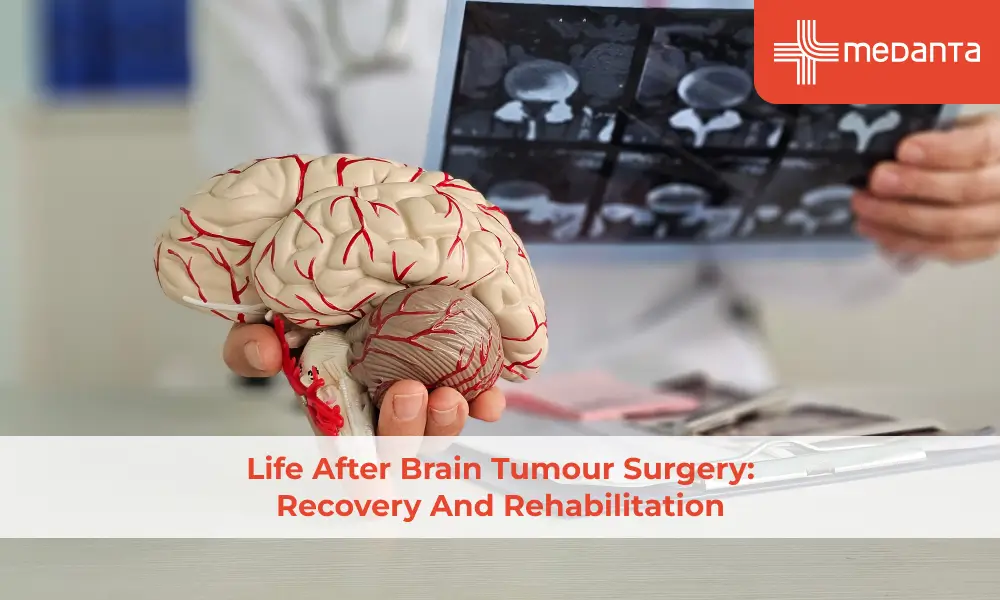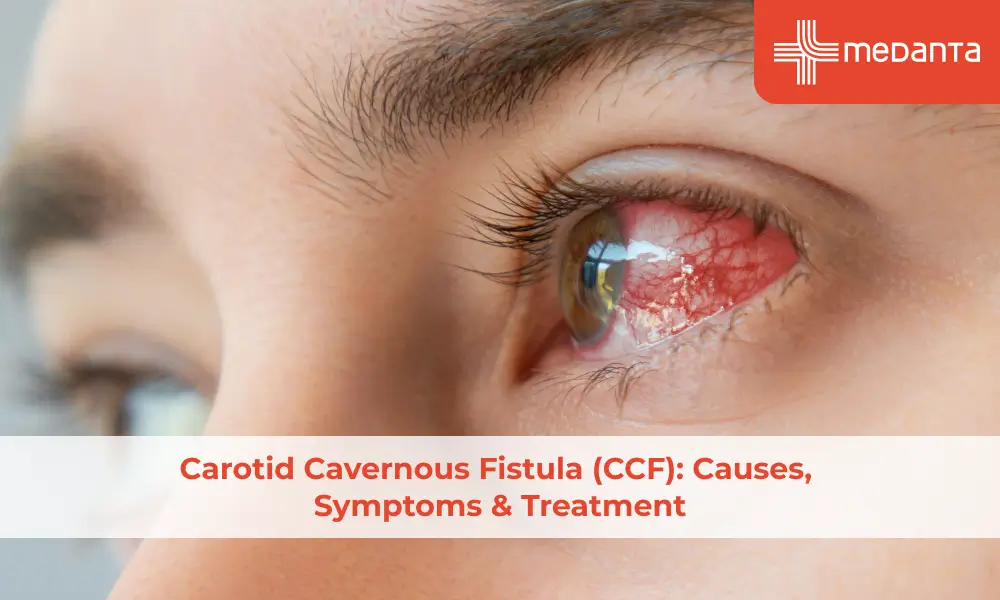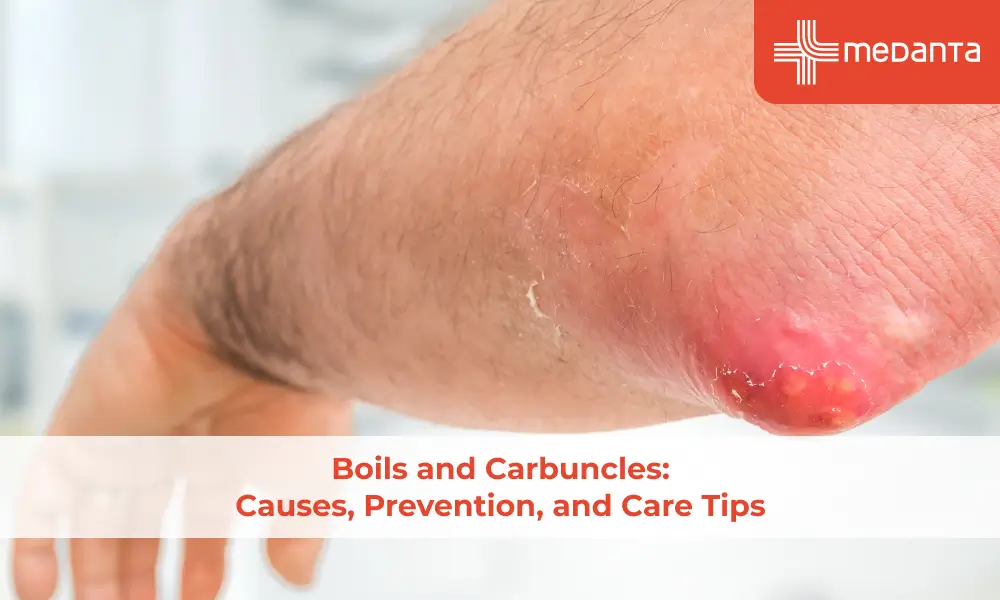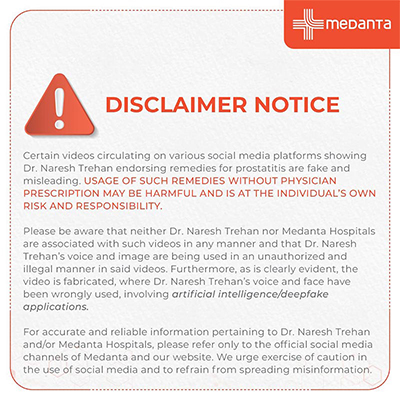Debridement: Wound Treatment Types, Procedure & Recovery

TABLE OF CONTENTS
Debridement is a vital part of treating wounds that won't heal properly, especially when they get stuck in their original healing phase. This medical procedure removes dead tissue from wounds and helps proper healing while preventing infection.
Dead tissue substantially slows down healing by preventing angiogenesis and tissue formation. Several types of wound debridement exist. The best method depends on the wound type, the patient's age, overall health, and the risk for complications. Most patients recover within 6 to 12 weeks, but recovery time varies based on the wound's severity, size, and location.
This article covers everything patients should know about debridement - from treatment methods to recovery expectations and possible complications.
When is Debridement Done?
Doctors use debridement when wounds don't heal with standard care. These wounds get stuck in the inflammatory phase and can't move to the regeneration stage without help. Dead or necrotic tissue blocks the natural healing process, which makes its removal vital.
Debridement becomes needed in these key situations:
Black, grey, or yellow dead (necrotic) tissue appears in the wound
Yellow or white fibrous material (slough) made of dead cells builds up
Signs of infection show up in the wound
Foreign objects get trapped in the wound
The wound shows no signs of healing for several weeks
Some wound types need debridement as a standard part of treatment:
Stage 3 or 4 pressure ulcers (bedsores)
Diabetic foot ulcers that don't respond to regular treatment
Venous ulcers with major tissue damage
Burns containing dead tissue
Traumatic wounds with crushed or dead tissue
Infected surgical wounds or those with dead tissue
Doctors don't take the decision to perform debridement lightly. They look at each wound's location, size, depth, and amount of nonviable tissue. The team must balance possible benefits against risks, especially for patients who have bleeding disorders or weak immune systems.
The right timing matters in debridement decisions. Some wounds need immediate treatment, while others require stabilisation first. The goal remains simple - remove anything that blocks natural healing.
Pre-Debridement Preparation
Good preparation reduces risks before any debridement procedure. Your doctor will check your clinical history, examine you physically, and assess your wound to pick the best debridement method. You might need some tests beforehand, like blood work, to check your overall health.
Make sure to tell your doctor about:
Any allergies or health conditions you have
All medications you take, including over-the-counter ones
Any nutritional or herbal supplements in your routine
Your doctor might change some of your medications before the procedure, such as temporarily stopping blood thinners and NSAIDs to lower your bleeding risk.
Following these instructions carefully helps you get the best results from debridement.
Methods of Debridement
Doctors can pick from several debridement techniques that work well with different wound types and patient conditions. The best method depends on the tissue type, wound depth, location, mechanisms, and patient priorities.
Autolytic Debridement: Autolytic debridement uses the body's natural healing processes through endogenous enzymes that break down necrotic tissue. This gentle method needs a moist environment, which doctors create with dressings like hydrogels, hydrocolloids, or transparent films. The technique works best with non-infected wounds and pressure sores. The process takes longer than other methods but remains highly selective. It targets only damaged tissue and leaves healthy areas untouched.
Biological Debridement: Doctors also call this larval therapy or maggot therapy. It uses sterile larvae of the Lucilia sericata species (green bottle fly). These larvae clean wounds effectively by:
Consuming dead tissue
Releasing enzymes that dissolve necrotic material
Producing antibacterial substances
Breaking down biofilm
Ingesting harmful bacteria
Large wounds or those infected with antibiotic-resistant bacteria respond well to biological debridement.
Enzymatic Debridement: This chemical method uses topical enzymatic agents to digest necrotic tissue selectively. Medical staff apply it once or twice daily with specific dressings. Patients with bleeding disorders or high surgical complications risk benefit from enzymatic debridement. However, the method doesn't work well with heavily infected wounds.
Mechanical Debridement: Mechanical debridement stands as the most common type. It removes devitalised tissue through physical force. The method includes hydrotherapy with running water, wet-to-dry dressings, wound irrigation, and monofilament debridement pads. Both infected and non-infected wounds can benefit from these techniques. The process might remove some healthy tissue along with necrotic material.
Sharp Debridement: Sharp debridement comes in two forms: conservative and surgical. In conservative sharp debridement, doctors use scalpels, curettes, or scissors to remove dead tissue without touching healthy areas. Surgical sharp debridement requires anaesthesia and is more extensive. This aggressive approach delivers rapid results. Doctors often use it when other methods fail, or patients need urgent treatment.
What to Expect
Patients who undergo debridement experience various physical sensations and emotional responses during their procedure. A clear understanding of what lies ahead can help reduce anxiety and prepare your mind for this vital treatment.
The pain level during debridement ranges from moderate to severe. The patient's discomfort will vary based on the method used and personal pain tolerance. Doctors usually give adult patients narcotic pain medication, sometimes combined with psychotropic drugs. However, many patients still report moderate pain during the procedure. Children might receive different pain management approaches, yet their assessed pain levels stay like adults'—typically in the moderate range.
The patient's body may react with different physical sensations throughout the process. Dead tissue removal creates a pulling or tugging feeling, while wound cleansing might sting temporarily.
Doctors follow a well-laid-out process. They start by cleaning the wound well. Next, they remove all hyperkeratotic tissue (thickened skin), infected matter, and nonviable tissue. This process increases growth factors and thus encourages more wound edge stimulation while reducing inflammation. Proper debridement creates conditions for healthy tissue to regenerate by eliminating factors that promote bacterial overgrowth.
Doctors keep assessing the wound throughout the procedure. Necrotic tissue removal helps clinicians get a full picture of the wound's extent and severity, which dead tissue might otherwise hide. This assessment helps detect why infections happen.
The wound environment changes noticeably after debridement. Dead tissue removal transforms the wound environment and kickstarts healing processes that have stopped. Pain from the wound often decreases once infected and dead tissue clears away.
After Debridement Care
Good wound care after debridement helps optimise healing and prevent complications. The primary purpose is to maintain a clean, moist environment that helps tissue grow back and prevents infections from developing.
After debridement, the doctor will place a moist dressing over the wound. This dressing protects the wound and helps new tissue grow. Some patients who undergo skin grafting might need a bandage stitched over the graft. The doctor will remove both the bandage and stitches during the follow-up visit.
Patients need to pay attention to everything in wound care at home:
Change dressings regularly: Daily, put on fresh dressings or follow the doctor's instructions to keep the wound clean and track how it heals.
Keep dressings dry: Avoid swimming pools, baths, and hot tubs. Check with your doctor about when you can shower.
Maintain proper wound hygiene: Wash your hands before and after touching your wound to avoid infection.
Avoid pressure: Use special cushions to keep weight off your wound. If the wound is on your legs or feet, you might need crutches.
Follow nutritional guidance: Eat enough calories and nutrients to help healing. A nutritionist can suggest good supplements.
Nutrition is a vital part of wound healing. Your body needs the right nutrients to repair damaged tissue. You should also quit smoking because it limits blood flow and oxygen to the wound, which slows down healing.
Your doctor needs to see you regularly to check the wound and ensure it heals properly. The wound also needs to be checked at every dressing change to ensure good blood flow, healthy tissue, and no signs of infection.
Recovery
The healing experience after wound debridement varies greatly between patients. For most people, healing takes 6 to 12 weeks. We observed that healing time depends on several key factors: the wound's severity, size, location, and the specific debridement method used.
Patients usually feel some pain and swelling at the treatment site after surgical wound debridement. These symptoms get better within a few days. Most patients can go home the same day with protective bandages or moist dressings.
Your recovery will be better if you:
Rest when tired since good sleep helps to heal
Change positions often to keep pressure off the wound
Use cushions, mattresses, or foam wedges to spread body weight evenly
Stay away from activities that stress the affected body part until your doctor approves
Use supportive devices (crutches, boots, fitted shoes) if you have leg or foot wounds
Avoid smoking
Eat a balanced diet with plenty of protein to help tissue repair
Take all medications as prescribed, and finish all antibiotics
Show up for all follow-up appointments to check your healing
Getting back to regular activities depends on where the wound is and what you do for work.
During recovery, keeping dressings dry and following wound care instructions carefully create the best environment for healing. In addition, staying away from swimming, baths, and hot tubs until complete healing helps prevent complications.
Complications
Debridement procedures are generally safe, but complications can occur depending on the method, wound type, and patient's overall health.
Bleeding is one of the most critical concerns, mainly when surgical and mechanical debridement techniques are used. Haemorrhage can occur in rare cases, particularly if the burn eschar involves a large blood vessel or varicosity. Doctors must watch for potential bleeding risks. These risks increase for patients with burn-induced coagulopathy and those getting debridement in highly vascular areas.
Pain management after debridement creates several challenges. Poor pain control leads to:
Knowing how to perform daily activities becomes harder
Sleep disturbances
Low mood and decreased libido
Higher risk of developing chronic pain
Pain medications can cause their own complications. Opioids might cause somnolence, respiratory depression, and nausea. Severe cases lead to addiction or withdrawal symptoms. NSAIDs raise the risk of bleeding, gastrointestinal issues, and renal dysfunction.
Infection remains an ongoing risk after debridement, especially when bacteria enter the freshly debrided wound. This delays healing and might cause systemic complications.
Other possible complications include:
Damage to healthy tissue around the wound
Allergic reactions to debridement agents or dressings
Delayed wound healing, particularly with insufficient debridement
Neuropathic pain that becomes chronic and debilitating
Complications from anaesthesia during surgical debridement
Seeking Medical Help
Successful wound recovery depends on knowing when to contact your doctor after debridement. You need to watch for possible complications. Quick medical attention can prevent small issues from becoming major problems.
Regular follow-up appointments are crucial to your treatment and safety after debridement. You should schedule and keep all visits with your doctor to track proper healing. Some symptoms need immediate medical attention between these appointments.
Contact your doctor or nurse advice line immediately if:
Your pain continues even with prescribed pain medication
You notice signs of infection, such as increased pain, swelling, warmth, redness, red streaks from the wound, pus drainage, or fever.
Blood soaks through your bandage.
Your stitches come loose, or the skin graft detaches
You have severe nausea, vomiting, chest pain, breathing problems, or won't stop coughing after general anaesthesia
Keep a close eye on any health changes during recovery. Call your healthcare provider right away if your wound isn't healing as expected - you might need extra treatment to handle complications.
Conclusion
Debridement is a vital medical procedure that helps patients with non-healing wounds. The process might seem scary initially, but patients feel more confident once they understand its purpose. Doctors can choose several methods that work well - mechanical, sharp, biological, enzymatic, or autolytic. They pick the proper method based on the wound type and the patient's condition. These techniques are great on their own, and doctors often combine them to get the best results.
Most patients recover in 6 to 12 weeks, though healing time depends on the severity of the wound, its size, and where it's located. Good wound care during this time leads to successful healing. Patients need to change dressings often, keep the wound dry, stay clean, and eat right. Regular check-ups help doctors track the healing progress and fix any issues quickly.
Debridement plays a significant role in wound healing by clearing away anything that stops natural recovery. The procedure improves patient outcomes significantly, especially for those with chronic or complex wounds. Patients who stay involved with their treatment plan and continue talking to their doctors get the best results.
FAQs
How often is debridement typically performed?
Debridement frequency varies depending on the wound type and healing progress. Some wounds may require weekly debridement, while others might need less frequent treatment. Your doctor will determine the appropriate schedule based on your specific condition.
What are the essential post-debridement care instructions?
After debridement, it's crucial to change dressings regularly, keep the area dry, maintain proper hygiene, avoid putting pressure on the wound, and follow a nutritious diet. Always follow your doctor's specific instructions for optimal healing.
How long does the debridement procedure usually take?
The duration of debridement varies depending on the method used and the wound's complexity. Surgical debridement typically takes about 30 minutes to an hour, while other methods may have different timeframes.
Are there any risks associated with debridement?
While debridement is generally safe, there are potential risks, including bleeding, infection, and pain. In rare cases, damage to healthy tissue or allergic reactions to debridement agents may occur.






